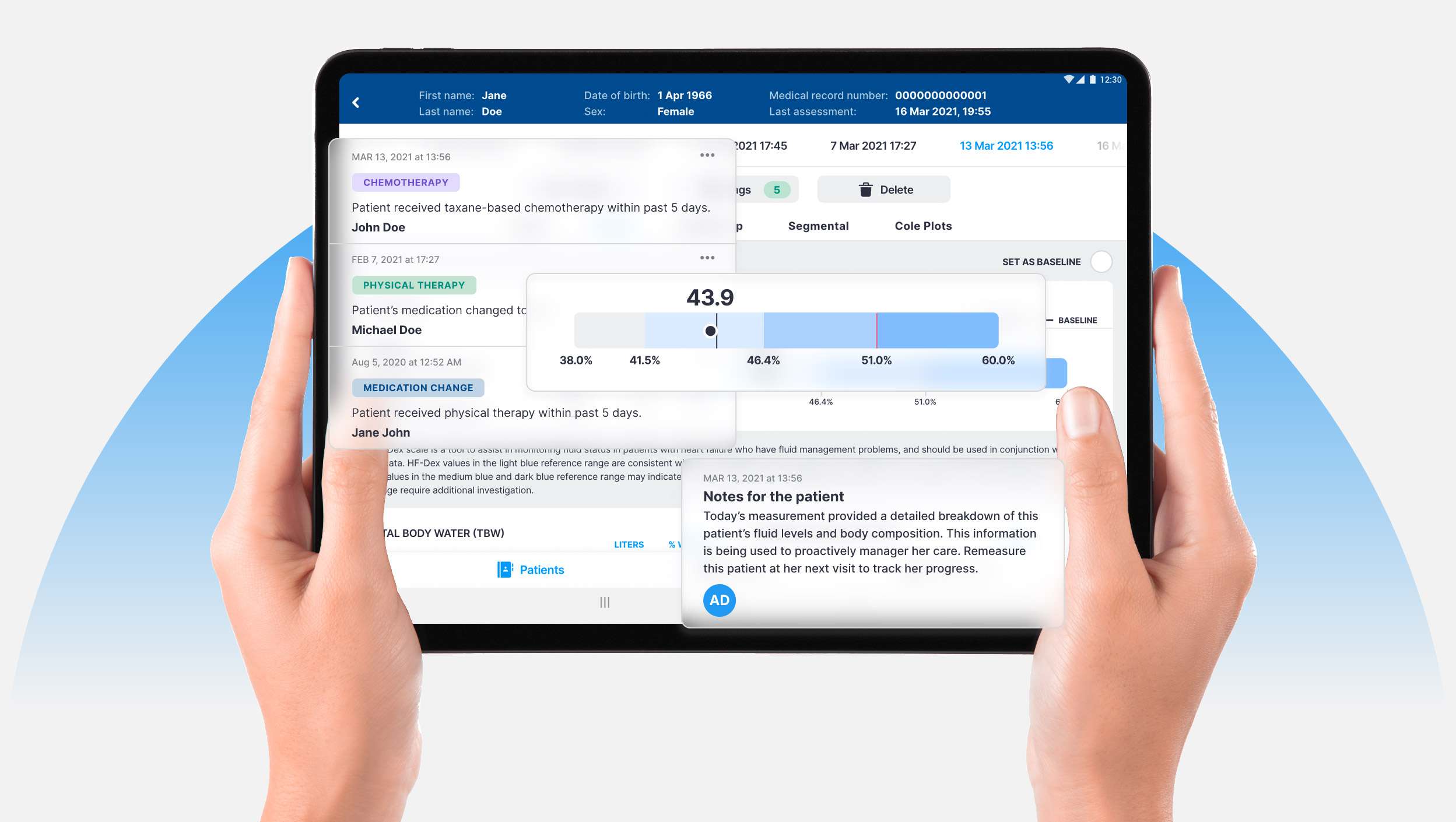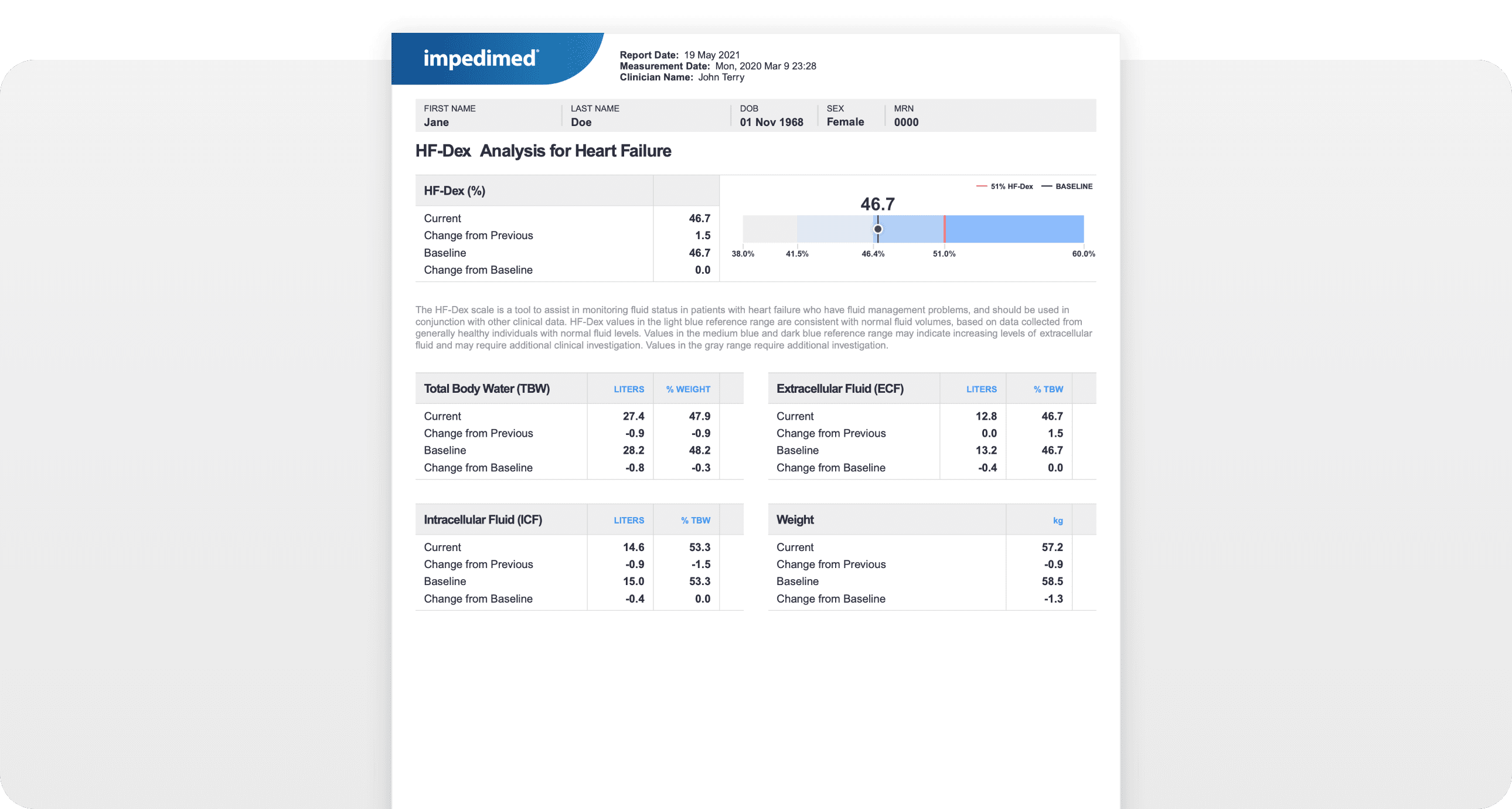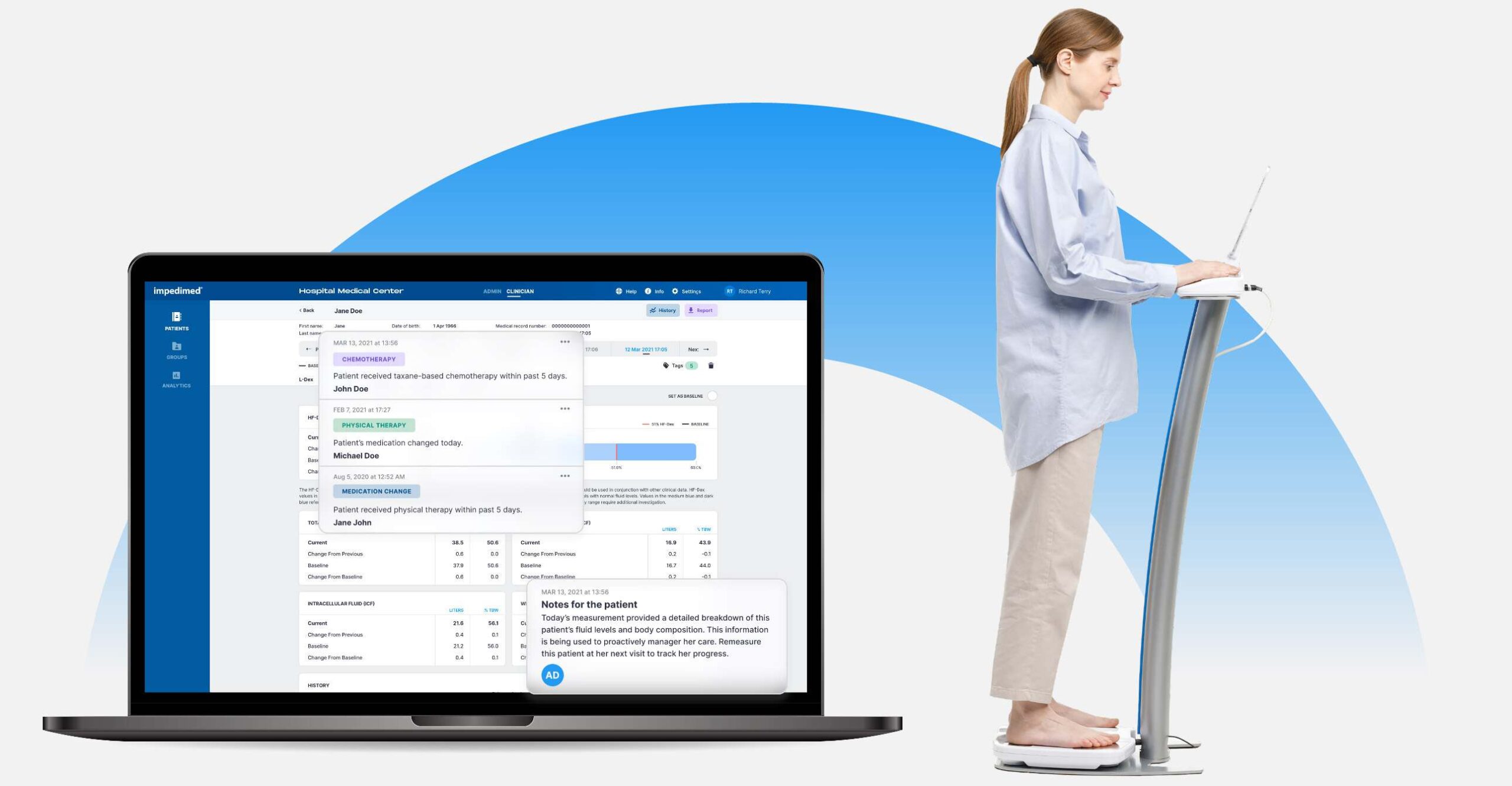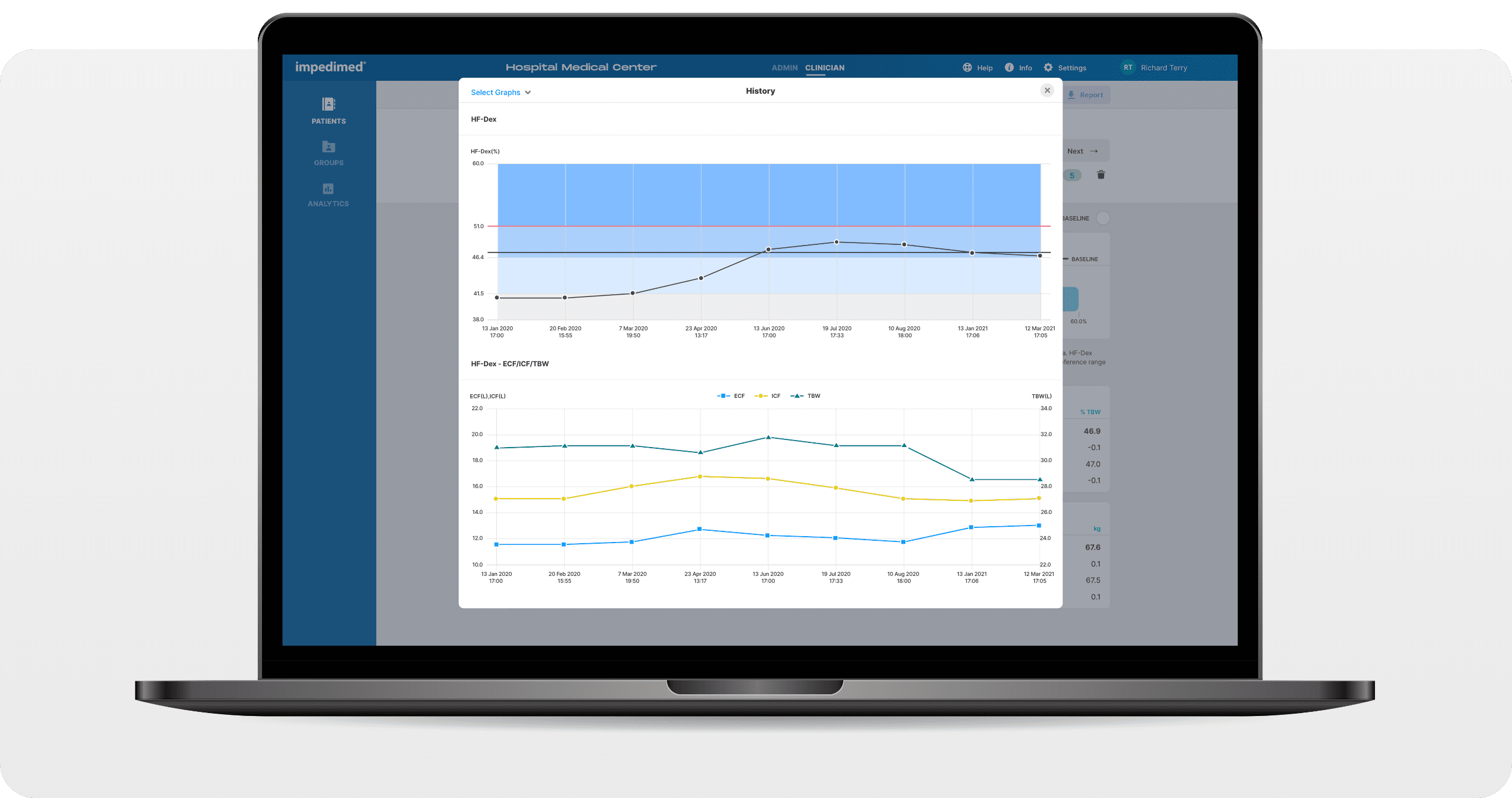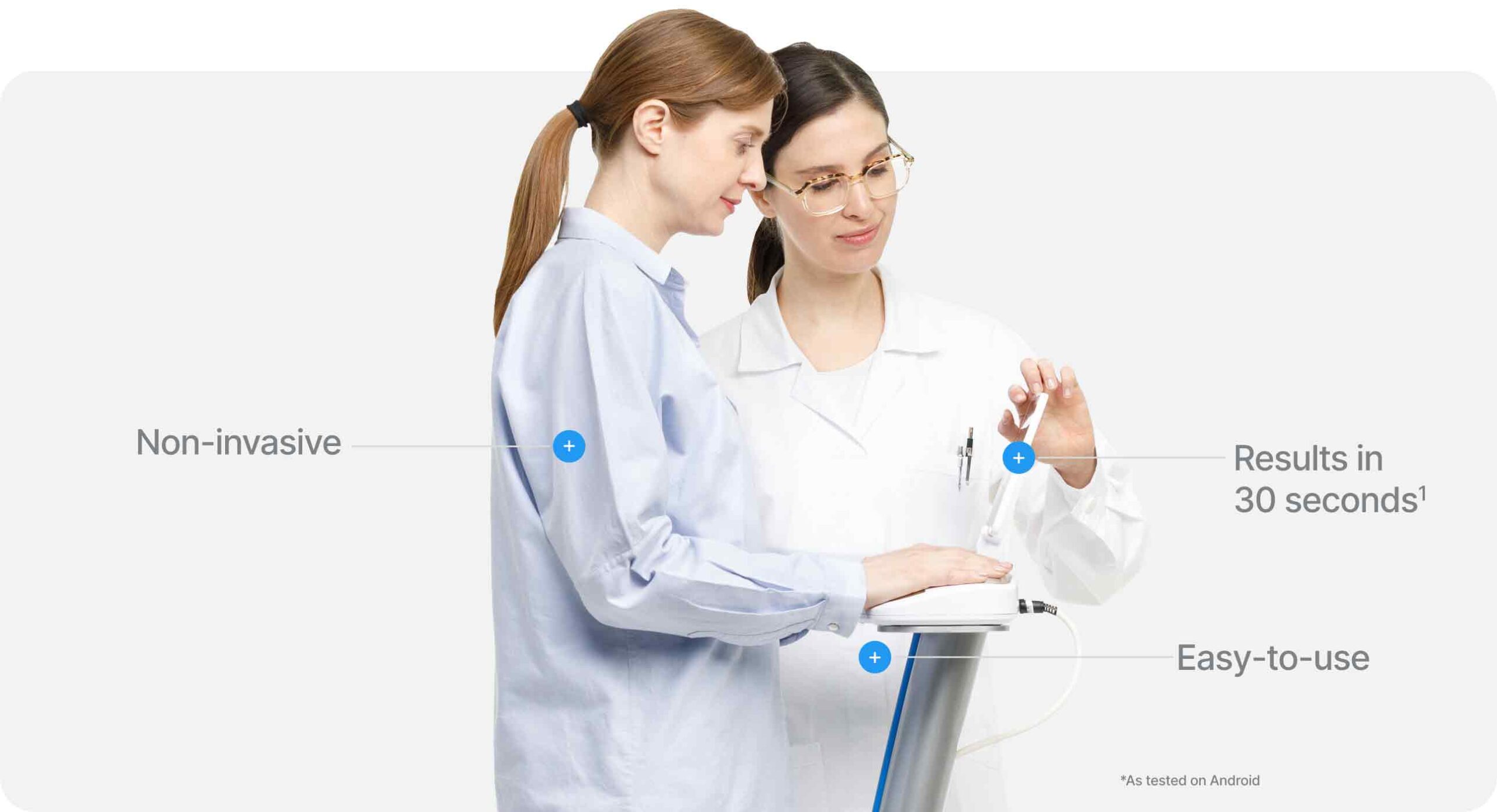References
- Birzniece V, et al. A critical evaluation of bioimpedance spectroscopy analysis in estimating body composition during GH treatment: comparison with bromide dilution and dual X-ray absorptiometry. Eur J Endo 2015;172(1):21-8.
- Van Den Ham ECH, et al. Bioimpedance Analysis Compared to Isotope Dilution, Dual Energy X-Ray Absorptiometry, and Anthropometry. JASN 1999;10(5):1067-79.
- Cicone et al. (2019) Agreement between deuterium oxide and bioimpedance spectroscopy measures of total body water. Presented on February 14th at the Southeast American College of Sports Medicine Annual Meeting in Greenville SC. Also, to be presented at the American College of Sports Medicine National Conference May 28- June 1st in Orlando, FL.
- Kerr A, et al. Validation of bioelectrical impedance spectroscopy to measure total body water in resistance trained males. Int J Sport Nutr and Exer 2015; DOI: http://dx.doi.org/10.1123/ijsnem.2014-0188.
- Moon JR, et al. Total body water changes after an exercise intervention tracked using bioimpedance spectroscopy: a deuterium oxide comparison. Clin Nutr 2009;1-10.Moon JR, et al. Total body water estimations in healthy men and women using bioimpedance spectroscopy: a deuterium oxide comparison. Nutr & Metab 2008; https://doi.org/10.1186/1743-7075-5-7.
- Moon JR, et al. Total body water estimations in healthy men and women using bioimpedance spectroscopy: a deuterium oxide comparison. Nutr &
Metab 2008; https://doi.org/10.1186/1743-7075-5-7. - Study performed by and data on file at ImpediMed.
